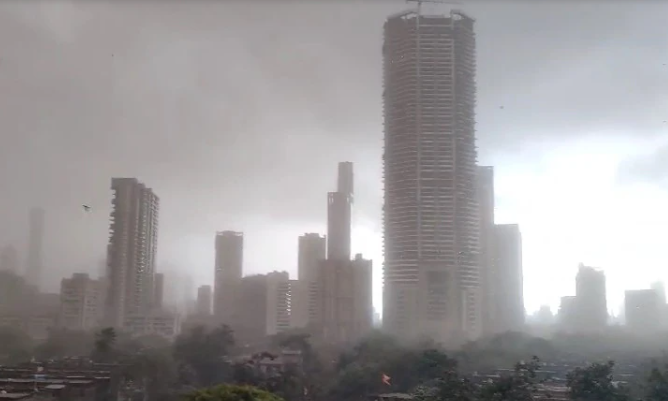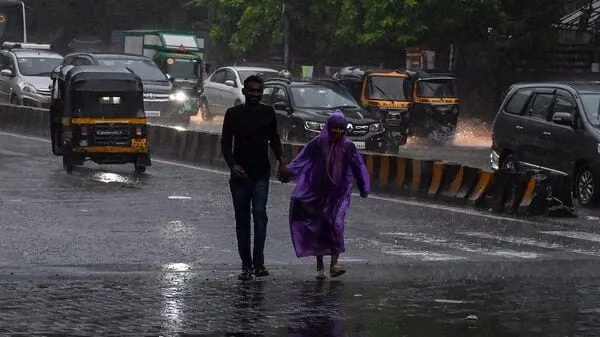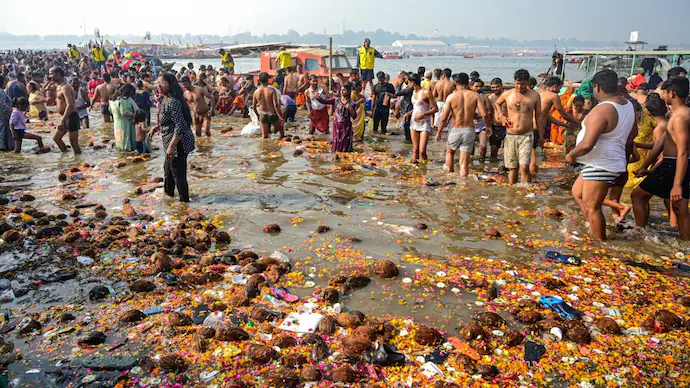Dust Storm in Mumbai IMD Warning Triggers Widespread Disruption and Thunderstorm Alert
Introduction:
Mumbai experienced a rare weather phenomenon this week as a sudden dust storm in Mumbai IMD warning caught residents and authorities off guard. The India Meteorological Department (IMD) issued a thunderstorm and dust storm alert for Mumbai and surrounding regions after strong winds, dust clouds, and reduced visibility swept across parts of the city.
The event, which took place on Thursday afternoon, disrupted flight schedules, slowed road traffic, and caused temporary panic among citizens unaccustomed to such intense atmospheric conditions. Experts have attributed the event to convective weather patterns and pre-monsoon instability.
How the Dust Storm Unfolded in Mumbai
According to IMD data:
- The dust storm originated over western Maharashtra and was driven toward Mumbai by strong gusty winds
- Visibility dropped below 1 km in several areas including Andheri, Bandra, and South Mumbai
- Wind speeds reached 50–60 km/h in some zones
- The storm was followed by brief thunder and light rain in isolated pockets
Eyewitness videos flooded social media, showing dark skies, dust clouds, and vehicles moving with headlights on during the daytime.

IMD Warning Details and Forecast Ahead
The dust storm in Mumbai IMD warning was issued as part of a broader thunderstorm alert for Konkan, Madhya Maharashtra, and Marathwada regions. The forecast included:
- Light to moderate rainfall in isolated areas
- Lightning and strong surface winds
- Risk of falling trees and hoardings due to wind impact
The IMD advised citizens to:
- Stay indoors during high winds
- Avoid sheltering under trees or weak structures
- Keep mobile devices charged in case of power outages
Authorities were put on alert, especially near coastal and low-lying zones.
Impact on Mumbai’s Infrastructure and Daily Life
The dust storm disrupted normal life in multiple ways:
- Flights: Several arrivals and departures at Mumbai International Airport were delayed due to poor visibility and crosswinds
- Roads: Traffic moved slower across key routes, with low visibility and debris adding to congestion
- Power: Short power cuts were reported in parts of suburban Mumbai due to temporary faults
- Health: Citizens with respiratory conditions reported discomfort due to a sharp dip in air quality
The BMC deployed rapid response teams to clear fallen branches and ensure public safety across affected areas.
Is This Normal for Mumbai?
While Mumbai is known for its heavy monsoons, dust storms are relatively rare. Meteorologists suggest that increasing climate variability and urban heat islands may be contributing to unusual pre-monsoon events.
The IMD has emphasized that:
- Such events may become more frequent with climate change
- Early warning systems and public awareness will be key to managing risks
- Urban preparedness needs to adapt to evolving weather patterns
Public Reaction and Social Media Coverage
The dust storm in Mumbai IMD warning quickly became a trending topic online, with residents sharing:
- Photos and videos of the dramatic skies
- Complaints about traffic and flight delays
- Concerns about recurring extreme weather
Many praised the IMD for issuing timely alerts, while others urged civic agencies to improve real-time communication during emergencies.
Conclusion:
The dust storm in Mumbai IMD warning serves as a wake-up call for the city to expand its climate resilience strategy. As unusual weather events become more common, proactive planning, public education, and responsive infrastructure will be critical.
For now, Mumbai returns to normalcy, but the storm leaves behind a clear message: stay prepared, stay informed, and adapt to the new weather reality.
Dont Miss Out:
Pregnant Woman Dies Hospital Deny Treatment; Pune Incident Shocks Nation
Discover more from The CutShort News
Subscribe to get the latest posts sent to your email.



